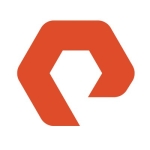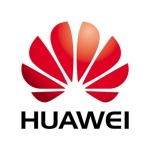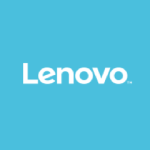It's central SAN storage for all of our production and test data. It's fairly fundamental to our business. As a law firm, we have vast amounts of data that have to be incredible secure. It underpins the delivery of all of our services.
It's performing very well. We've had it for three years. It's exceeded all expectations since we had it.
It has totally taken away a layer of time and effort, management-wise, from two engineers to give that time back into developing more solutions. It has provided us essentially with a platform to go away and be more creative, knowing that that is stable and can do whatever we chuck at it.
More reporting is probably the only thing that is really lacking. It would be helpful to go to the business and say, "This is how we've evolved with our solution, and this is why we need more." Being able to put forward a business case with data to back it up, essentially.
It's purely as and when we get to the point where, we're either on a refresh, or we just need more capacity, or performance, then it's something to take to the business as proof.
One to three years.
We haven't really had any issues with stability.
We have had an issue we were trying to resolve, but the support with Nimble is fantastic. They were able to fix it in a very short amount of time. That was very early on, and ever since then it's been incredibly stable.
Scalability is very good. We've scaled over the course of three years. We've bought extra shelves, extra controllers. It's just very easy to do. Just plug and play. Plug it in and off you go, pretty much.
I was involved in the initial setup. We had a sales engineer come in, but he pretty much sat there and said, "Click here, click there." It was incredibly easy to set up.
We had an incumbent storage provider which was also tendering; one of the bigger storage providers. But we were a bit put out by their ability to provide us with any real reason to stay with them. They didn't seem to have any innovation going on, and their lack of ability to actually support and help us with issues was a factor.
The most important criteria when selecting a vendor are that vendor's ability to support its platform into the future. Also, a track record of actually delivering a solution.
Nimble, when we went with them they were clearly a new company, but they clearly had marketed their product incredibly well, and knew what they were talking about. That was very obvious.
I give it a 10 out of 10, absolutely. I've worked with a lot of technologies and this, by far, outshone any other technology that I've ever used before; their ability to deliver, and ability to support their solution.
I'd say in the market of flash storage, there are quite a lot of vendors out there. Just take your time and don't rush into picking a storage supplier, just because a price looks good. At the end of the day, it underpins everything that you do, particularly if it's your production platform. Just take your time and actually consider your requirements properly.












You do get what you pay for and Nimble is worth it just for InfoSight alone as it is invaluable. We have 9 arrays and I use it daily to see space usage, trends, etc. The reports you can generate are also great for Management to show them trending stats.